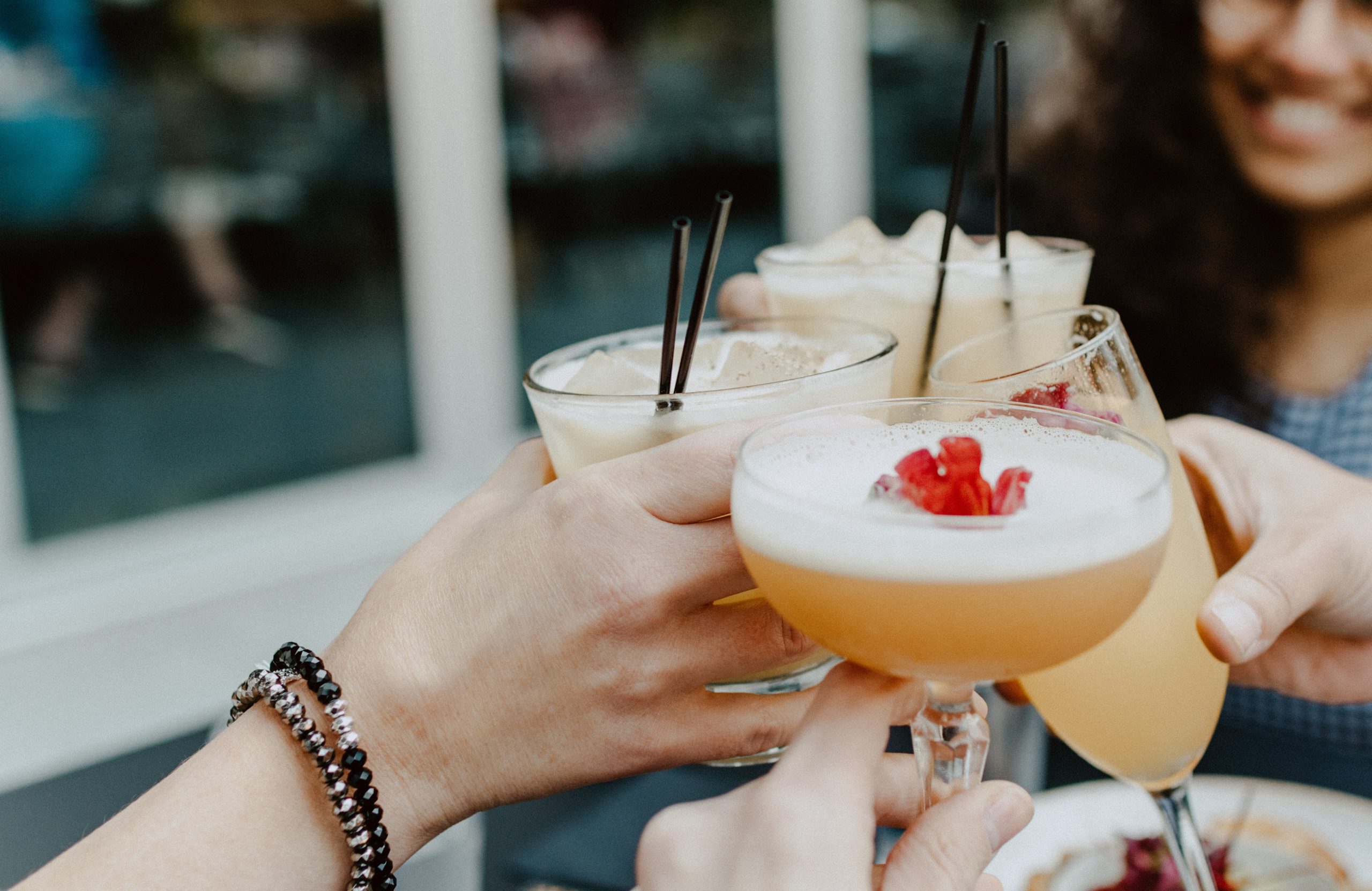Jennifer Rose is a Nutritional Therapist and Naturopath. When she was 19 she found out about some of the toxic chemicals in normal everyday products such as cleaning products, shampoo, toothpaste and deodorant, threw everything away and went to the nearest organic shop. This started her lifelong interest in natural health. Using her expertise Jennifer helps her clients cultivate optimal health and harness their own power in healing themselves. In this article, she highlights some of the ways you can feed your mind, body and soul.
Mind Food
What we feed ourselves impacts our health on multiple levels. Science has started to prove that the mind and body are a highly complex integrated system – in other words, the mind and the body are one.
We all know that a poor diet negatively impacts our physical health but there is now extensive evidence that diet quality is a possible risk or protective factor in mental health disorders such as depression.
In 2018, the Smiles Trial set out to answer the following question: ‘If I improve my diet, can I improve my mental health?’ The trial recruited people with major clinical depressive disorder and randomly assigned them to either a group receiving social support or one receiving dietary support from a clinical dietician.
For three months the social support group received a befriending technique often used by psychiatrists to support depression and the dietary support group were given gradual changes to make to their diets. The dietary changes included swapping refined carbohydrates for whole grains; eating more vegetables and legumes; adding nuts, fish and olive oil to the diet as well as reducing junk and processed foods such as sweets, cakes, chocolate and fried foods.
The results were astounding. More than 30% of the people in the dietary group achieved full remission compared to 8% in the social support group. The researchers found that the more positive changes were made to diet, the more patient symptoms improved and a cost analysis of the diets pre and post changes showed that the healthier diet was, in fact, cheaper.
Often, the risk factors for mental health disorders are not modifiable such as family history, early life trauma or poverty, but the fact that diet and physical activity are both modifiable highlights the fact that lifestyle medicine should be the starting point for many mental health conditions.
Another aspect of mind food is what we feed our minds on a daily basis – what we consume through our eyes via social media, television or computers; our ears, by listening to the radio or even through our own self-talk.
Mindfulness techniques can be very helpful for getting us out of our mind and into our senses. I get over the boredom of washing dishes by making it into a mindful practice and taking the experience into my senses but a less mundane way is to turn your herbal tea drink into a ritual!
Next time you make a herbal tea, take the experience into your senses; how does the plant smell before you infuse it in water and after? Hold your tea beneath your nose, take some deep breaths and feel its character; is it light, crisp, heavy? Begin to sip the tea, feeling the herbal actions it has already in the mouth. For instance, black tea contains tannins which can feel quite drying in the mouth; Chamomile is a mucilaginous herb and has an ever so slightly silky feel.
As the infusion travels down to your stomach, feel where it resonates in your body. Feel and listen to where the herb goes in the body, does it tighten or open? Does it travel deep to the core or tingle in the peripheries? How does it make you feel – energetic, relaxed, cool or hot?
Body Food
Within the nervous system of the body, we have the autonomic nervous system which has two divisions: the sympathetic and the parasympathetic. The sympathetic response is when our body is in fight or flight mode. Our blood vessels constrict, our pupils dilate, heart rate and blood pressure increase and adrenal glands release adrenalin and noradrenaline. The parasympathetic state is when our body is in ‘rest and digest’ mode: our blood vessels dilate, our pupils constrict, heart rate and blood pressure decrease.
We can think of the two responses as a seesaw – while the body is in one response, it cannot be in the other. This is why it is so important that we are relaxed when we are eating, so we can digest properly, and why it is vital to recognise when our bodies are in a sympathetic response. Don’t get me wrong, we need the body to have this response but problems arise when we are stuck in the ‘on’ state.
If we attune our mind and body to work together, we can feel when we are in a sympathetic state and consciously bring awareness to shift to a parasympathetic state.
One of the simplest ways to do this is by breathing consciously. Every single cell in our body uses oxygen to keep us alive and moving yet most of us are using little more than 20% of our full lung capacity in normal everyday breathing.
Kundalini Yoga Teacher Sivaroshan Sahathevan describes the breath as an ‘untapped treasure’ and explains how the breath has a direct relationship to the mind and can act as a tether through the breath rate: when you slow down the breath rate, the mind follows suit. Not only is our breath food for the cells in our body, it is also food for the mind.
Box Breathing (or Square Breathing) was the first exercise that my meditation teacher ever taught to me. It can help to calm stress and anxiety and lower blood pressure by bringing us into a parasympathetic response. Click on the link at the end if you would like to try it.

Soul Food
When I studied Traditional Chinese Medicine, we studied how different foods resonate with different parts of the body and how some foods have a yin quality, some yang, some ascending energy and some descending.
The energy of a food also depends on the cooking method you use when cooking. For example, seeds are quite inherently yin in their inertia but if you toast them on the stove and move them whilst toasting them, you are actually infusing them with yang energy because of the movement.
We also learned about heart food, something I have used with my clients very successfully to help with emotional eating. There are certain foods that are traditionally resonant with the heart such as rose and pistachio, but heart food is also what gives you a sense of comfort and takes you to your heart space. Many times, heart food is established in childhood.
When I was ill as a child, my mum used to cut up an apple for me to eat and now when I cut up apples and eat them in this way, I feel their energy resonating with my heart. When we are ill, we often subconsciously turn to our heart food and if that is something quite unhealthy, we aren’t helping ourselves get over the illness!
Heart food is about connection. When you connect to who made the food, how the food was grown and where it came from, you gain a deeper connection to it.
Take the time to connect with yourself in this busy world, take the time to do what sets you on fire, brings you joy and feeds your soul. Take the time to connect to the people around you, your friends, family, chosen family and community as ultimately, this is soul food.
To access the Box Breathing pdf go to, click here.







